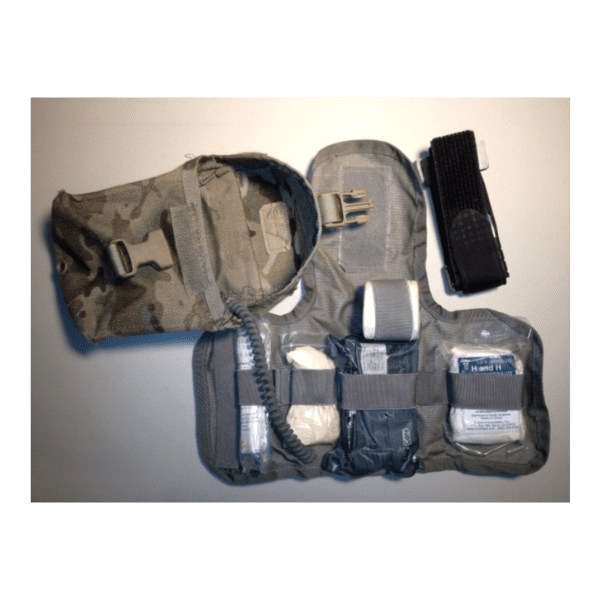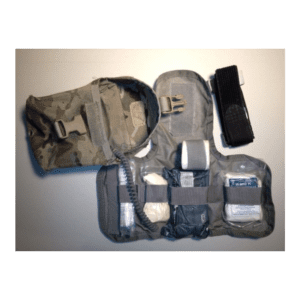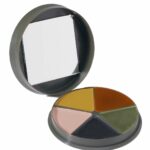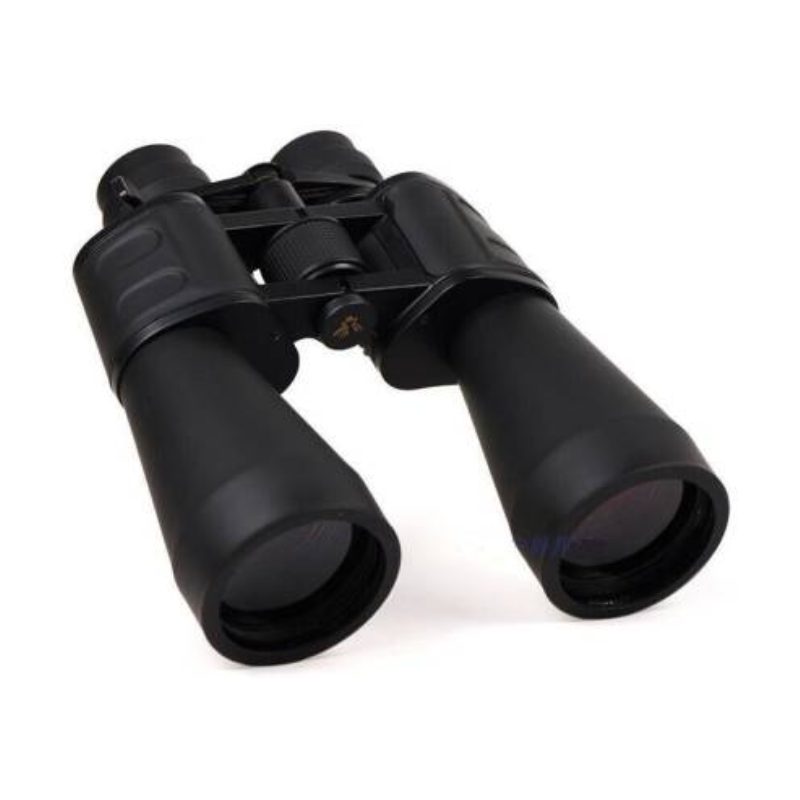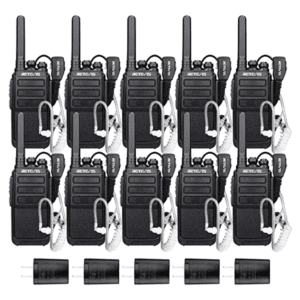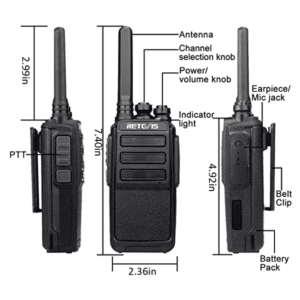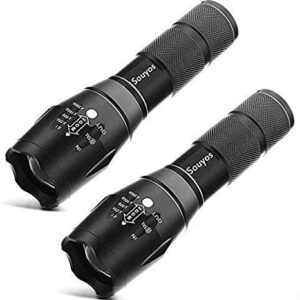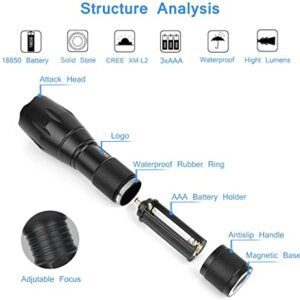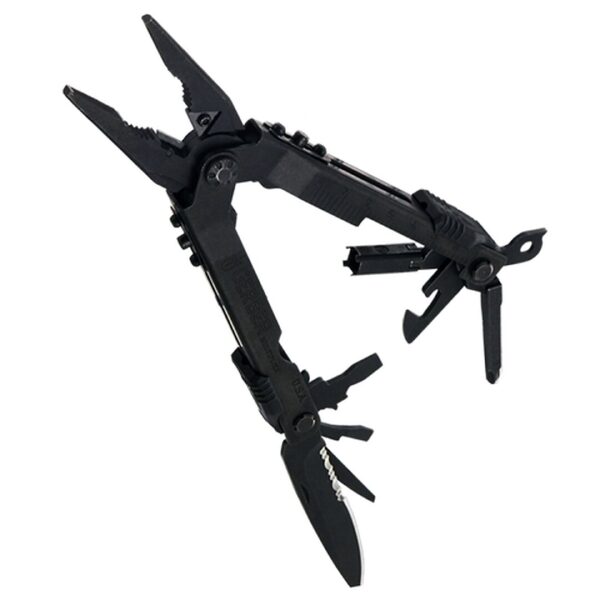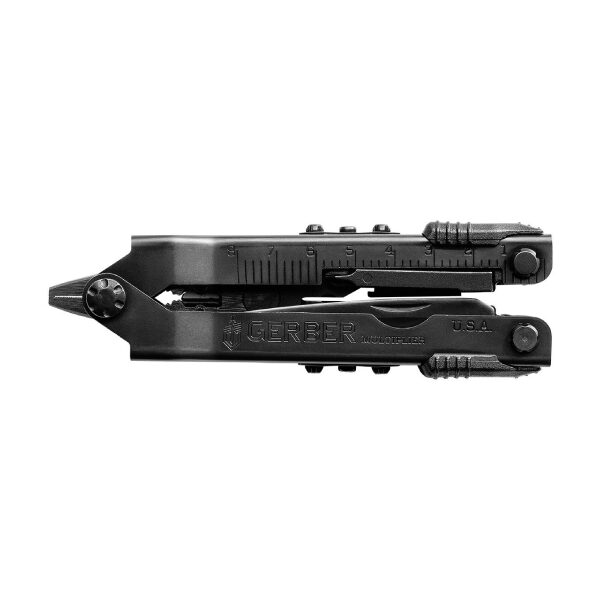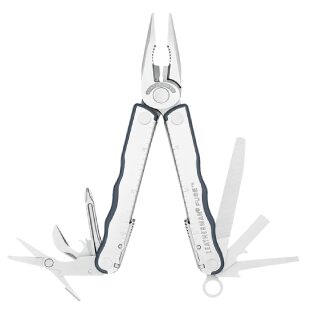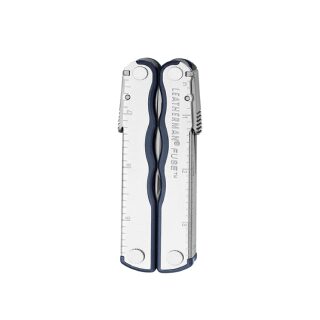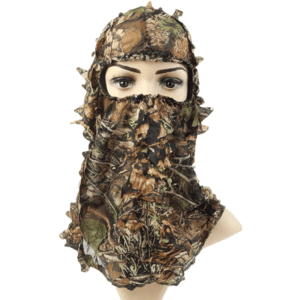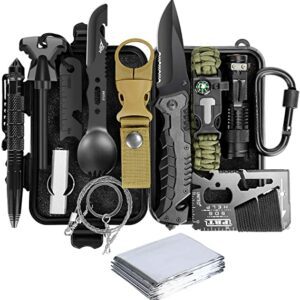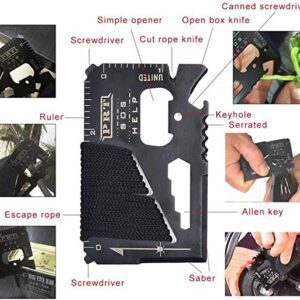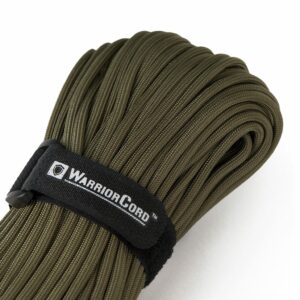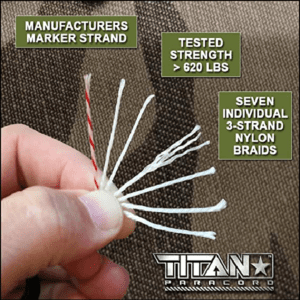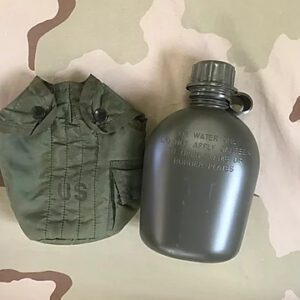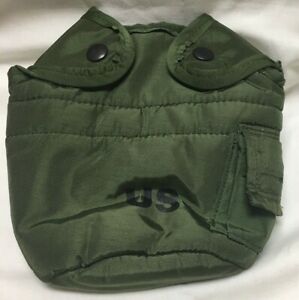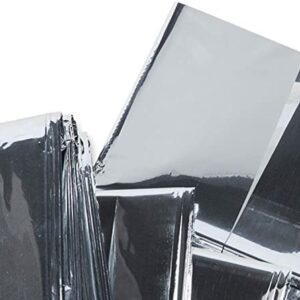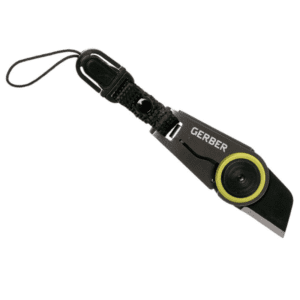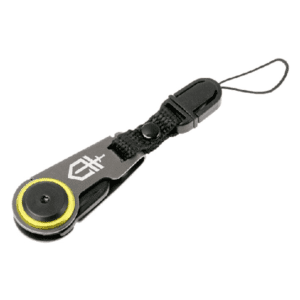U.S. Army Improved First Aid Kit
₨11,000
This kit replaced the first US Army IFAK. It came in a pouch with a folding insert that must be pulled out and is attached to the pouch with a lanyard. The insert holds the following items:
- Tourniquet, Combat Application (CAT, Combat Application Tourniquet)
- Bandage Kit, Elastic
- Bandage Gauze 4-1/2″ 100/Pkg
- Adhesive Tape Surg 2″ 6’s Roll
- Airway, Nasopharyngeal, 28fr, 12s
- Glove, Patient Exam 100/Pkg (4ea)
- Pouch, IFAK
- Description
- Additional information
Description
U.S. Army Improved First Aid Kit
Product Description: The IFAK will be issued to every Soldier via the Soldier as a System (SaaS) Rapid Fielding Initiative (RFI). Weighing one pound, the IFAK will consist of expendable medical items packaged inside of a modified MOLLE 100 roundSAW ammo pouch.
Benefit Against the Threat: The IFAK increases individual Soldier capabilities to provide Self- Aid / Buddy-Aid and provides interventions for two leading causes of death on the battlefield, severe hemorrhage, and inadequate airway. These capabilities increase Soldier survivability during dispersed operations and the expandable pouch allows for METT-C specific “add-ins”.
The Combat Application Tourniquet (CAT):
 “The Combat Application Tourniquet (CAT) is one of the most valuable life-saving tools in the pouch, said Hayes, who also trains instructors at semi-annual Medical Skills Validation Trainer Training. Hayes advises Soldiers to remove the plastic wrapping from the tourniquet. Removing the plastic allows for quicker access and gives Soldiers the chance to practice slipping on the tourniquet.
“The Combat Application Tourniquet (CAT) is one of the most valuable life-saving tools in the pouch, said Hayes, who also trains instructors at semi-annual Medical Skills Validation Trainer Training. Hayes advises Soldiers to remove the plastic wrapping from the tourniquet. Removing the plastic allows for quicker access and gives Soldiers the chance to practice slipping on the tourniquet.
“The CAT tourniquet, because it’s so important, should remain outside of the packet so that it’s ready to go,” Hayes said.
“After removing the plastic, make sure to keep the tourniquet inside the pouch because dirt can wear down the Velcro and make it ineffective, said Sgt. Scott Stewart, a CLS instructor at the Jameson Combat Medical Training Center.
The Nasal Pharyngeal Airway (NPA):
“The NPA replaces the oral pharyngeal, or J-tube. Like the J-tube, the NPA is inserted to keep the airway open. Unlike the J-tube, it is inserted through the nose to avoid triggering the troublesome gag reflex.
“Before inserting the tube, Soldiers must make sure the length of the NPA matches the length from the corner of the casualty’s nose to the bottom tip of the casualty’s ear and that the diameter of the tube is no larger than the casualty’s pinky finger. If surgical lubrication is available, it helps for inserting the tube. The tube should be inserted with the angled hole pointed towards the septum of the nose. The person giving aid should stop inserting the tube if there is resistance.
Trauma bandage or Israeli dressing

“The trauma bandage replaces the field dressing found in old first aid pouches. The main purpose of the trauma bandage is to serve as a pressure dressing. It can also be used for a “tourniquet-like effect” to slow blood circulation, though Hayes emphasizes that Soldiers should use a CAT as a first choice if a tourniquet is needed.
“Each kit is designed to treat only one Soldier, so it is recommended that Soldiers keep it accessible, especially when going off the post, said Spc. Alfrado Varela, a CLS instructor at the Jameson CMTC. Varela recommends that Soldiers keep it attached to their Interceptor Body Armor (IBA) at all times.”
Additional information
| Weight | .808 kg |
|---|---|
| Dimensions | 4 × 3 × 3 cm |



